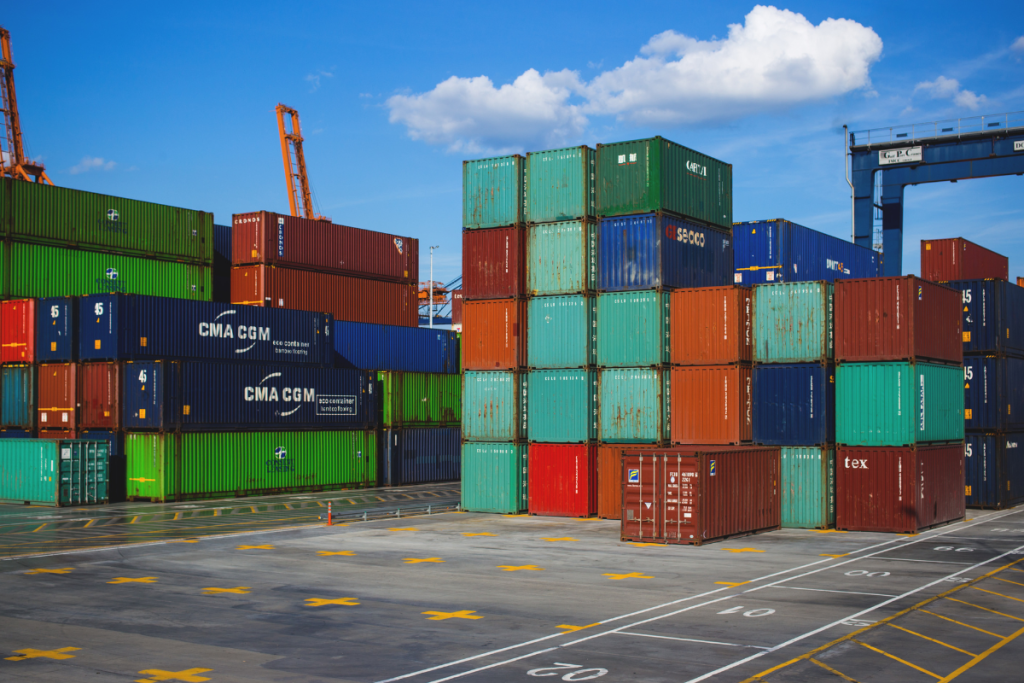While fears of a broader disruption loom, freight and container markets remain largely stable in the early days of the Iran–Israel conflict. Yet key chokepoints, including the Strait of Hormuz and Jebel Ali, are being closely watched for signs of escalation.
Tanker Movements Uninterrupted, but Oil Risks Linger
The Strait of Hormuz, which handles roughly a fifth of global oil shipments, remains open despite concerns that Iran could restrict access in response to rising tensions with Israel. Such a move would threaten global energy flows but also cut off Iran’s own exports. Freight analysts note that while oil prices would likely spike if the strait were closed, broader impacts would depend on the duration of disruption and the response from energy producers.
So far, there has been no notable impact on crude prices or shipping schedules. But a closure could force rerouting through alternative pipelines in Saudi Arabia and the UAE, prompting price spikes and pressure on Israel from major importers.
Container Trade Exposure Limited
From a container logistics perspective, the Strait of Hormuz is less critical than oil flows would suggest. Just 2% to 3% of global container volume passes through the strait, meaning any fallout from its closure would be geographically concentrated.
The most significant ripple effect would come from the disruption of access to Dubai’s Port of Jebel Ali, a key transshipment hub linking Asia, the Middle East, and Europe. If Jebel Ali were compromised, South Asian ports like Colombo, Mundra, or even Salalah in Oman could see a sharp influx in diverted volumes, raising the risk of congestion and short-term rate volatility.
For now, container operations in Israel are largely unaffected. ZIM Lines, Israel’s flagship carrier, has confirmed continued activity at the ports of Haifa and Ashdod, even amid missile and drone threats. Port infrastructure appears intact, and vessel schedules remain on track.
Next Flashpoint: Transshipment, Not Tankers
While headlines may focus on oil, the most operationally disruptive consequences could emerge from a silent reshuffling of container flows across regional hubs. If transshipment volumes begin shifting away from the Gulf, South Asia’s infrastructure readiness will be tested, and any delays could ripple out across trade lanes. Recent data from global port congestion indices suggests that even moderate surges in container throughput can create cascading backlogs if not managed with precision. The immediate threat may be muted, but the margin for error in global logistics remains slim.



